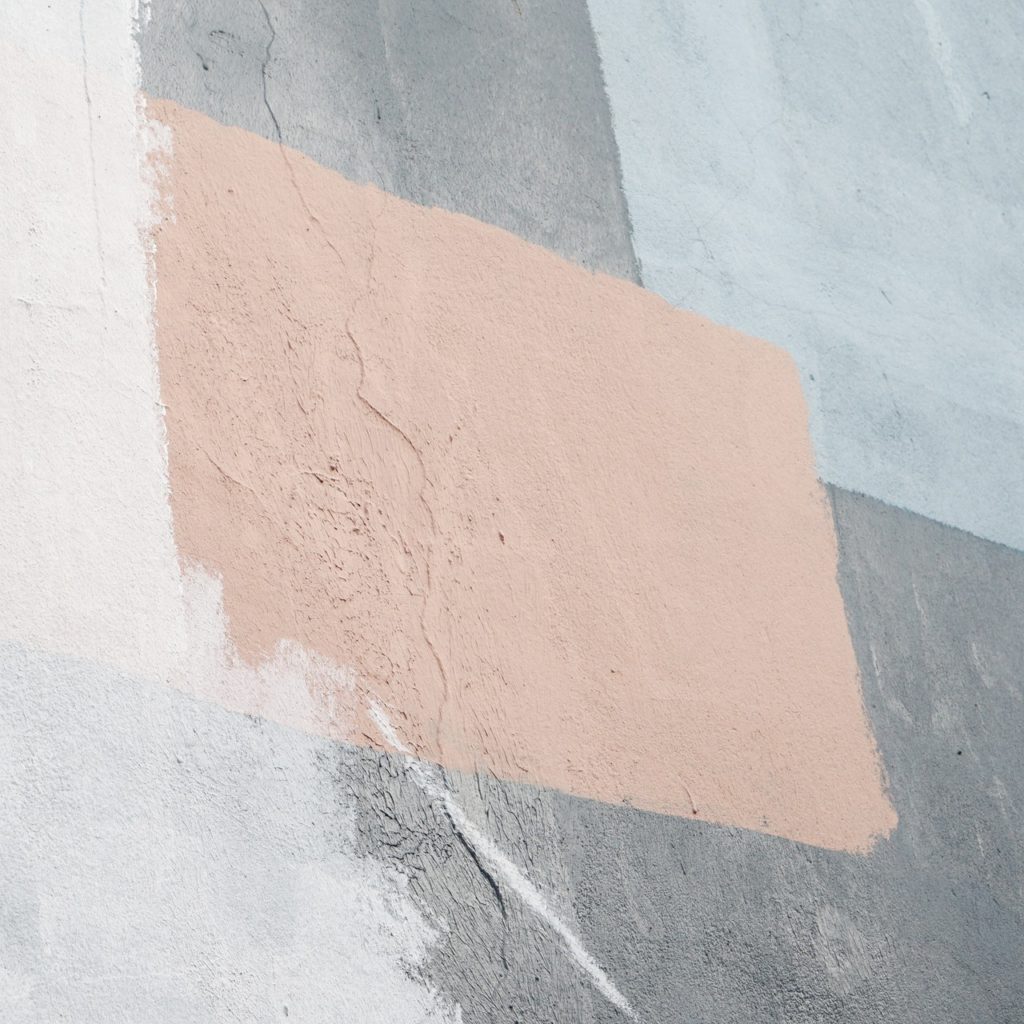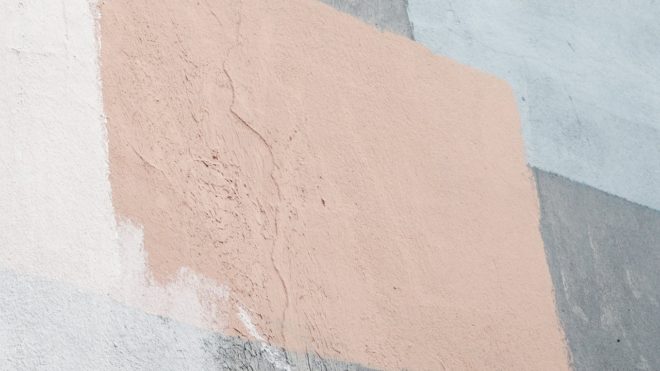If you are going to paint or repaint a wall, it is important to make sure the surface in question is properly prepared to give you the best finish possible. Cracks, holes and fractures can cause blemishes so that, even though the paint job itself is well done, the overall result is below satisfactory.
To maximise effectiveness, therefore, it is important to know how to fill in these small imperfections properly. Keep in mind, the way you go about this will depend in large part on the kind of surface you are dealing with.
1: Wallboard surfaces: Make sure you remove any loose material or dust before you begin the filling-in process. Then you can fill in the gaps with a joint compound and a flexible filling knife or scraper.
When it comes to choosing your filler, there are plenty of options. Polycell is usually a standard go-to, but the biggest difference when it comes to filler is whether to buy it in powder form or a pre-mixed solution. Pre mixed filler is harder to sand so we always recommend a powder mix. It gives you a nicer finish that’s easier to get back flat.

Make sure the filler extends a little out of the cracks. As it dries, it will compress, so if you make it just level you will end up with dips that you have to fill in twice. However, sometimes you’re better off filling twice to avoid getting lumpy walls. Better to have small ridges you can smooth down with fine-grit sandpaper.
2: Plaster surfaces: This works much the same as filling in a wallboard surface. Clean the cracks and fractures of any particulates or debris that might prevent the filler from settling, fill it in with the filler knife, and wait for it to dry. Return and smooth down any pimples or creases in the surface with sandpaper.
3: Wall Chasing: Sometimes you’ll need to fill over areas that have been chased out to install wires or pipes. If the area is deep, dust it out clean of debris, wet it with water and put bonding plaster in it in a v shape so you’re sticking it to the sides to give it strength and overall make the filling area more shallow. You can mix enough of what you need by hand with a trowel or scraper. Consistency should be thick enough so if you put it on a trowel upside down it doesn’t slide off. A bit like good mash potatoes! Once it’s dry you can then fill the v shape with filler, allow to dry and then fill again.
Choosing your tools
Selecting the appropriate tools for the job is a simple yet fundamentally important factor in setting yourself up to achieve the best possible finish. It should not take you long to find what you need, especially online, but it is essential to getting a finish you can be satisfied with.
Cleaning products: The first stage to any filling job is to clean the cracks you intend to fill in. Sugar soap is a good product to use for this job, as it will help remove dust, grime and grease. It is particularly useful if you are working on surfaces in a garage, where you could be dealing with plenty of chipped concrete surfaces stained with oil.
A wire scratch brush is also good for scouring rough surfaces. If you want to find a gentler brush, you can find them with brass brush hairs, but you will find that stainless steel is both harder and more durable. If you are dealing with loose or unstable plaster, a scraper is a useful tool for stripping away certain chunks or areas that might need to be replastered.
Filling products: The main products you will use to fill in cracks and holes will depend on the type of surface you are filling in. Pre-mixed concrete is reasonably cheap, as is Polyfilla multi-purpose filler. Filler solutions that have already been mixed will often come with a series of tubes and nozzles to allow you to insert the filler into nooks and crannies accurately.
To properly insert the filler, it is common to use a filling knife. Ideally, you want something that will be flexible, so it can be a good idea to look for steel alloys here. Carbon steel is usually a good make to go with, as it combines durability with flexibility. Sometimes you might need more than one filler knife to complete a job, so think about different sizes to make sure the one you purchase is properly-suited to the task.
Painting a wall is a simple enough task. Still, you greatly increase the likelihood of a satisfactory end product if you take the appropriate steps to make sure the surface is properly filled in beforehand.
Need help painting your walls and based in the Kent area? Read more about our painters and decorators in Maidstone here.

